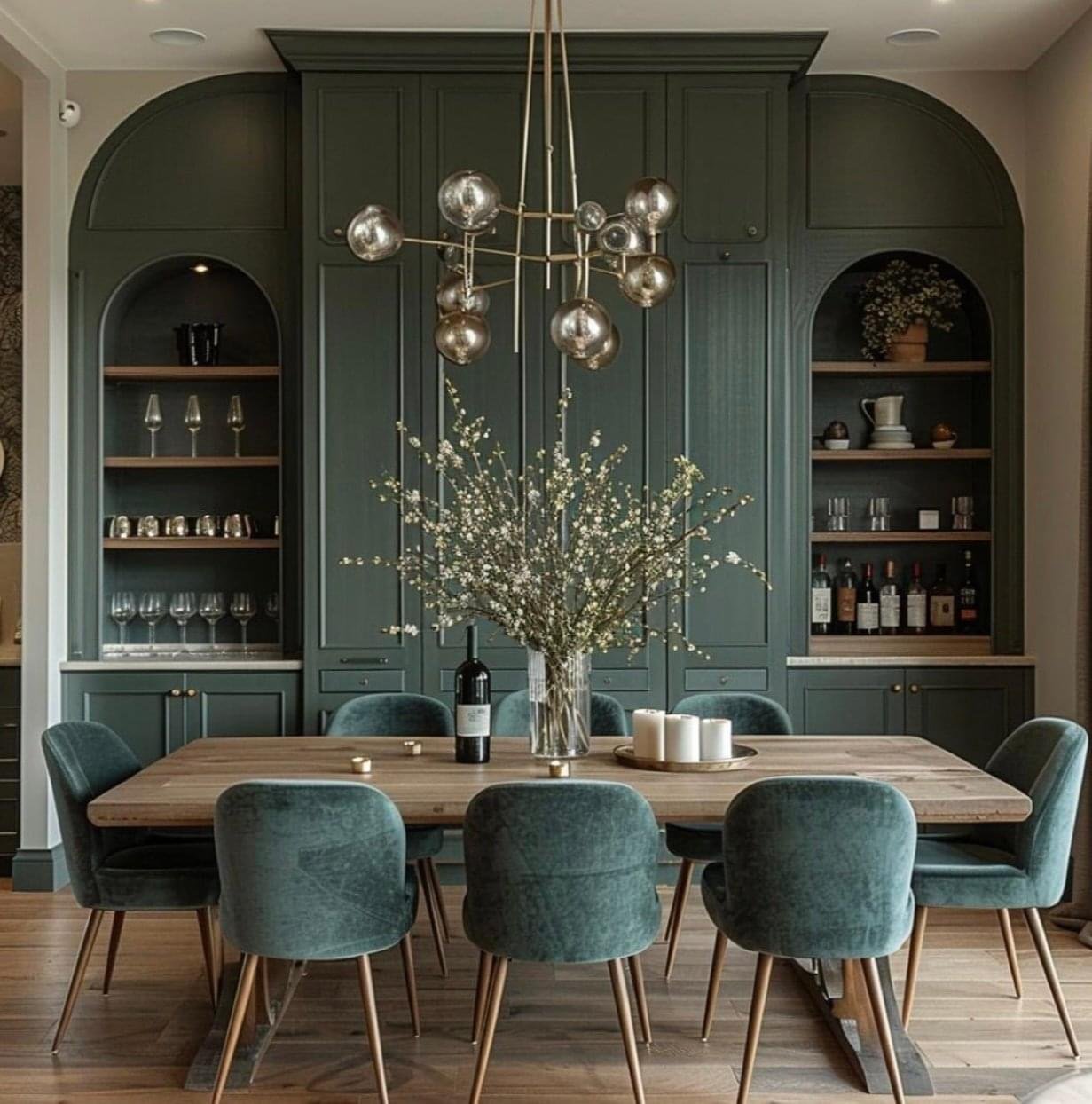A Guide to Renovating an Old House: What Every Homeowner Should Know Before Starting
![]() At Kar Reno, we believe every old house has untapped potential. Renovating an old house isn’t just about fixing what’s broken it’s about respecting the past while designing for today. Whether you’re in a century-old Toronto home or just purchased a charming fixer-upper, this guide will help you renovate with confidence.
At Kar Reno, we believe every old house has untapped potential. Renovating an old house isn’t just about fixing what’s broken it’s about respecting the past while designing for today. Whether you’re in a century-old Toronto home or just purchased a charming fixer-upper, this guide will help you renovate with confidence.
Is It Worth Renovating Old Houses?
In growing cities like Toronto and the GTA, older homes often hold architectural and historical value. Renovating one can be a smart investment boosting energy efficiency, safety, and home value without losing character.
At Kar Reno, we help homeowners modernize while preserving timeless features, combining smart design with skilled craftsmanship.
Common Challenges in Renovating Older Homes
1. Outdated Plumbing and Electrical Systems Often needing complete upgrades to meet today’s standards.
2. Structural Issues Cracks, sagging floors, or weak beams are common and require expert attention.
3. Poor Energy Efficiency Drafts, old windows, and inadequate insulation can drive up energy bills.
4. Hazardous Materials Materials like lead paint and asbestos must be handled professionally.
5. Code Violations Renovations often involve bringing homes up to current building codes.
6. Limited Storage and Small Layouts Expect smaller closets and more closed-in floor plans.
7. Water Damage & Pest Issues Early detection is key to preventing large repair bills.
8. Outdated Designs Dated finishes may not reflect today’s lifestyles or aesthetics.
Maintaining the home’s historical charm and functionality is a tough task. For example, professionals must integrate energy-efficient heating and cooling systems while preserving original woodwork or keeping historical craftsmanship untouched.
Explore the pros and cons of renovating an old house to determine if it’s the right investment for you.
The Challenges of Renovating an Old House
1. Unplanned Costs
Hidden issues behind walls often lead to budget surprises. That’s why Kar Reno always recommends a flexible budget.
2. Heritage Restrictions
If the home is heritage-designated, exterior and structural changes may be limited—adding time and cost.
3. Time and Maintenance
Renovations can take longer, and old homes require more ongoing care.
Expert Help Makes All the Difference
Thinking about renovating an older home in Canada? Partnering with a professional renovation company like Kar Reno can save time, stress, and costly mistakes.
With years of hands-on experience in the Canadian renovation market, we know how to manage everything from hidden structural issues to heritage home restrictions. Here’s what you can expect when working with us:
A clear and customized renovation plan
Full project management from start to finish
Licensed, experienced trades
Free, transparent estimates to help you make informed decisions
Whether you’re modernizing a Toronto heritage home or upgrading a century-old bungalow, we make the process smooth, efficient, and tailored to your vision.

Renovating an Old House Checklist: A Step-by-Step Guide
for Homeowners
Renovating an old house is a rewarding journey but it comes with unique challenges that require expertise, planning, and attention to detail. Whether you’re restoring a century home in Toronto or updating a charming fixer-upper, this checklist will help you navigate the renovation process with confidence.
At Kar Reno, we specialize in older home renovations that preserve character while upgrading for modern living. Here’s our expert-approved renovation checklist:
1. Initial Home Assessment
Start by understanding what you’re working with.
Schedule a full home inspection with qualified professionals
Identify structural issues like cracks in the foundation, sagging roofs, or compromised beams
Test for hazardous materials such as asbestos and lead paint
Evaluate the condition of plumbing, electrical, and HVAC systems
Check insulation, windows, and doors for energy efficiency improvements
2. Planning and Budgeting
A solid plan keeps your renovation on track.
Set a realistic home renovation budget with a 10–20% contingency
Prioritize essential upgrades (e.g., safety and functionality) before aesthetic changes
Review local building codes and heritage regulations if applicable
Secure all necessary renovation permits for electrical, plumbing, and structural work
3. Historical Preservation and Design
Respect the past while embracing the future.
Highlight features worth restoring—like original wood flooring, mouldings, or fireplaces
Use period-appropriate materials to maintain the home’s character
Blend in modern elements that complement the historical design
Work with a designer or architect experienced in heritage home renovations
4. Structural and System Upgrades
Ensure the home is safe, sound, and up to code.
Stabilize and repair the foundation and framing
Replace or reinforce the roof
Upgrade outdated electrical wiring and panels
Replace old, corroded plumbing systems
Install or modernize HVAC for improved performance and comfort
5. Energy Efficiency Enhancements
Save money while making your home more sustainable.
Add insulation to walls, attic, and basement
Install double-pane or storm windows to boost efficiency while preserving character
Seal air leaks around windows and doors
6. Interior Renovations
Refresh the inside without losing charm.
Restore original woodwork, plaster walls, and trim
Choose modern fixtures that suit the home’s overall design
Renovate kitchens and bathrooms with a balance of function and period style.
7. Exterior Updates
Boost curb appeal and protect your investment.
Repair, restore, or repaint the home’s façade
Fix damaged siding, balconies, or porches
Improve landscaping for both beauty and functionality
8. Final Touches
Bring everything together with care.
Do a thorough post-renovation clean
Decorate with a thoughtful blend of antique and modern pieces
Conduct a final walkthrough with your contractor to ensure everything is complete
Why Professional Help Matters in Old House Renovations
Renovating an old house isn’t a typical DIY project it requires expertise, planning, and precision. Partnering with experienced professionals ensures that your project is handled correctly from day one.
At Kar Reno, we understand the complexities of heritage and character homes. Our skilled team of architects licensed contractor, and craftsmen are trained to identify hidden issues, work with older materials, and preserve historical charm while delivering modern functionality.
Working with professionals helps you:
Avoid costly mistakes from inexperience
Simplify permit applications and heritage regulations
Get expert recommendations on layout, materials, and energy upgrades
Ensure every detail is completed to code and with care
Choosing a renovation company that specializes in older home restoration means peace of mind, better results, and a smoother experience from start to finish
FAQs: Renovating an Old House
How can I determine if an old house is worth renovating?
Start by evaluating its structure, location, historical value, and upgrade costs. A professional inspection will reveal major issues like foundation damage, outdated wiring, or hazardous materials that could affect your budget or timeline. A renovation expert can help you decide if the investment aligns with your goals.
How can I increase the resale value of an older home during renovation?
To boost the resale value of an old house, focus on updates that enhance comfort and livability while preserving charm. Key upgrades include:
Energy-efficient windows and insulation
Modern kitchens and bathrooms
Restoring original features like hardwood floors, moldings, or fireplaces
Buyers are drawn to homes that combine character with functionality, so thoughtful renovations can lead to a strong return on investment.
What permits are required to renovate an old house?
Permit requirements vary by location, but most older home renovations will need approvals for structural changes, electrical upgrades, plumbing updates, and additions. If your home is heritage-designated, you’ll also need special permits for any work that alters historical features—especially exterior elements. It’s best to work with a renovation company that understands local building codes and heritage regulations to avoid costly delays.
Recent Articles
Read Our Latest Articles





